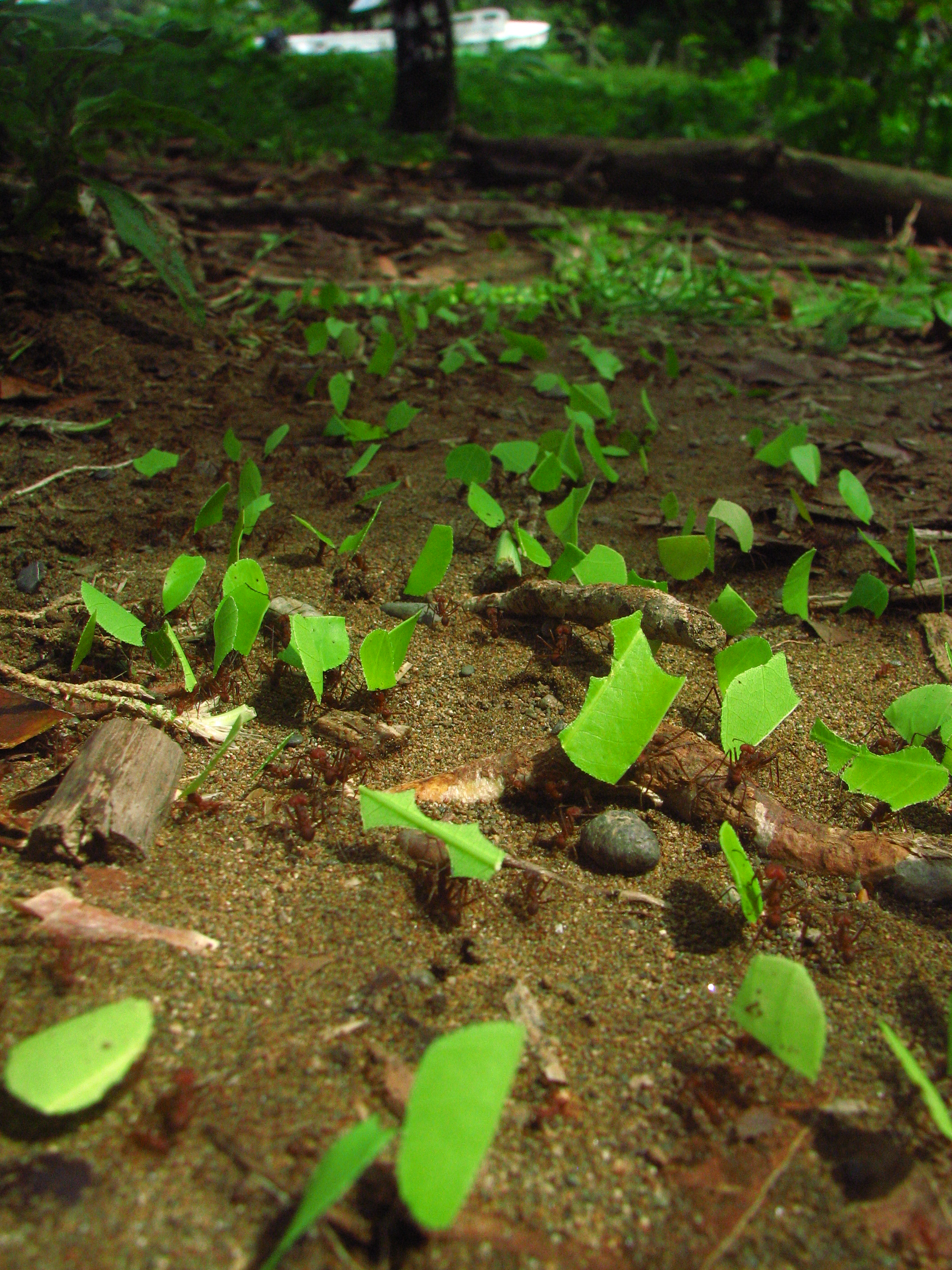In part of my writing/teaching,
I explore the existence of some of the boundary conditions that mold our
ability to find solutions to problems, and the long term implications thereof.
The most interesting one for me is what I call the Economic Socially Obligate Boundary Condition (ESOBC).
The
dominance of ESOBC upon our thinking, and another wetware element called Hyperbolic Discounting, helps explain how we will do an activity that is scientifically speaking questionable as to
sustainability, but pursued non-the-less.
One
of the useful tools for exploring ESOBC in application and understanding the process of adoption of energy sources is:
EROEI
Energy
returned on energy invested
“In
physics, energy economics, and ecological energetics, energy returned on energy
invested (EROEI or ERoEI); or energy return on investment (EROI), is the ratio
of the amount of usable energy delivered from a particular energy resource to
the amount of energy used to obtain that energy resource. It is a distinct
measure from energy efficiency as it does not measure the primary energy inputs
to the system, only usable energy.
A
fuel or energy must have an EROEI ratio of at least 3:1 to be considered viable
as a prominent fuel or energy source.”
Note:
“The natural or primary energy sources are not usually included in the
calculation of energy invested, only the human-applied sources. For example, in
the case of biofuels the solar insolation driving photosynthesis is not
included, and the energy used in the stellar synthesis of fissile elements is
not included for nuclear fission.” Ibid
Very
important note: Externalities are
also not included in mainstream EROEI analysis, which is problematic for sustainability.
EROI (energy return on
investment) is often used as a term for essentially the same thing, its virtue
being similarity with other ROI type measures commonly used. An example being
the suggested article; EROI of different fuels and the implicationsfor society,
For example, assuming that oil prices are "high enough", why fracking is "attractive":
“…analysis
indicates that the EROI ratio of a typical well is likely between 64:1 and
112:1, with a mean of approximately 85:1.”
(close to the EROI of coal). Journal of Industrial Ecology
Oh, and do not forget
Khazzoom–Brookes
postulate
“The
postulate states that "energy efficiency improvements that, on the
broadest considerations, are economically justified at the microlevel, lead to
higher levels of energy consumption at the macrolevel."This idea is a more
modern analysis of a phenomenon known as the Jevons Paradox. In 1865, William
Stanley Jevons observed that England's consumption of coal increased
considerably after James Watt introduced his improvements to the steam engine.
Jevons argued that increased efficiency in the use of coal would tend to
increase the demand for coal, and would not reduce the rate at which England's
deposits of coal were running out.”
Lets add some depth, or why the picture of Leaf Cutter ants at the top of this post
UW Madison Prof.
Timothy F. H. Allen provides a nice cross-disciplinary bridge between the
biologic and the “economic”.
Specially
recommended reading:









No comments:
Post a Comment